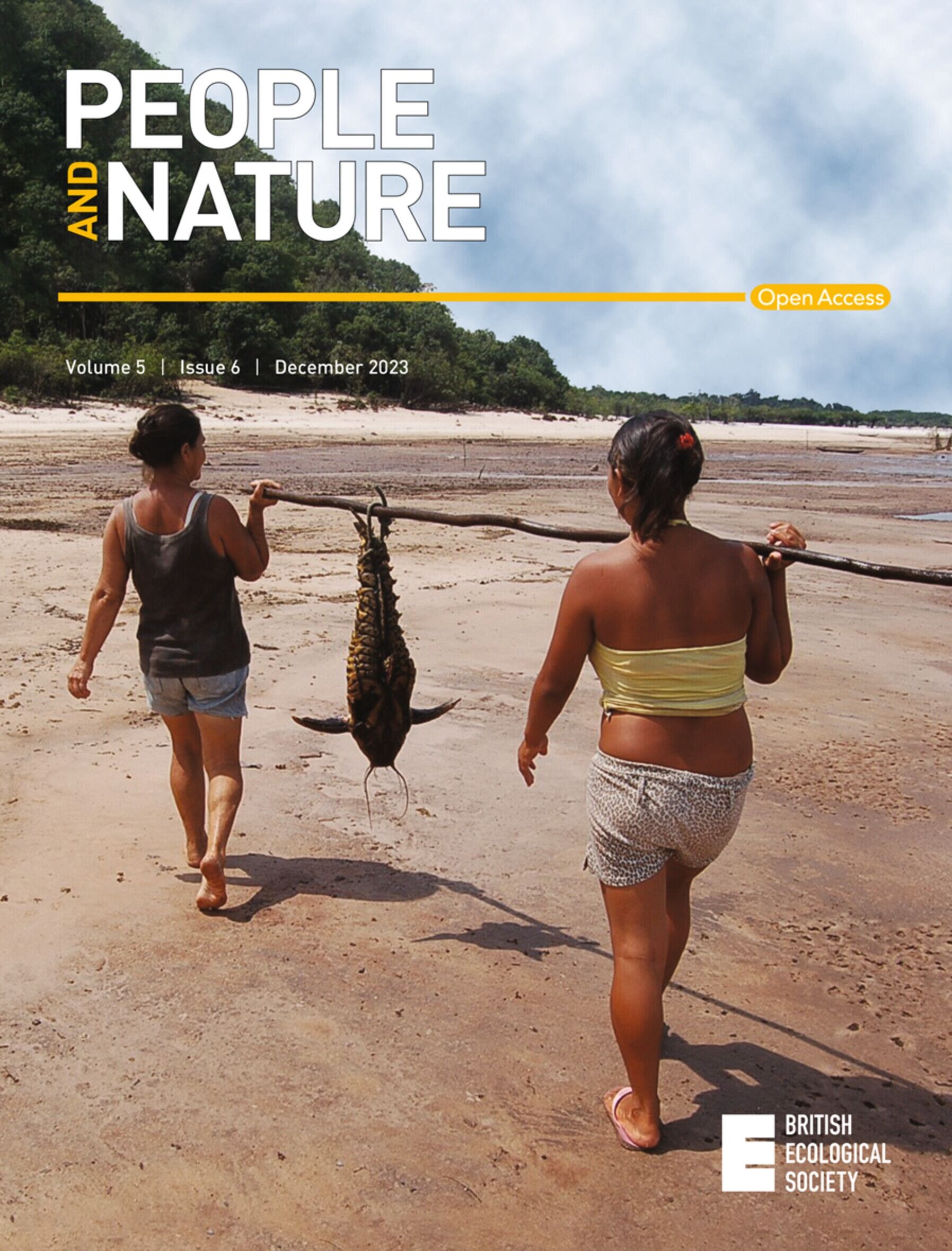Low knowledge of national biodiversity symbols among urban South Africans limits their potential value as conservation flagship species
IF 4.9
1区 环境科学与生态学
Q1 BIODIVERSITY CONSERVATION
引用次数: 0
Abstract
Most countries have declared one or more animal or plant species to be among their national symbols, termed here national biodiversity symbols. National biodiversity symbols are the species formally or informally recognised by societies and countries as having meaning to one or more of national identity, values and unity. It has been proposed previously that national biodiversity symbols can be used as flagship species to advance habitat conservation in their respective countries. However, this assumes that the symbols are well‐known and revered by the citizens of the country concerned. We examined this assumption via direct interviews with 382 urban residents in four towns in South Africa, which is a mega‐biodiversity country with five national biodiversity symbols (a national tree, flower, animal, bird and fish). We found that less than 3% of the urban respondents could name all five species, ranging from 6% for the national tree to 40% for both the national flower and national animal. Knowledge of other national symbols (flag and anthem) were equally low. The number of national biodiversity symbols known increased with income and education level of respondents. Despite limited knowledge of which species were the national biodiversity symbols, almost two‐thirds of respondents felt that having national biodiversity symbols was important for promoting national identity. These findings show that from a heritage perspective a great deal more awareness needs to be developed in South Africa around the national biodiversity symbols. From a conservation perspective, it indicates that the national biodiversity symbols are unlikely, at this stage at least, to be useful as flagship species for habitat conservation programmes. Read the free Plain Language Summary for this article on the Journal blog.南非城市居民对国家生物多样性标志的了解甚少,这限制了它们作为保护旗舰物种的潜在价值
大多数国家都将一种或多种动物或植物物种宣布为国家标志,在此称之为国家生物多样性标志。国家生物多样性标志是社会和国家正式或非正式认可的物种,对一个或多个国家的身份、价值观和统一具有重要意义。以前曾有人提出,可以将国家生物多样性标志作为旗舰物种,以推动各自国家的栖息地保护。然而,这要假定这些标志为相关国家的公民所熟知和推崇。我们通过直接采访南非四个城镇的 382 名城市居民来验证这一假设,南非是一个拥有五个国家生物多样性标志(国树、国花、国兽、国鸟和国鱼)的特大型生物多样性国家。我们发现,只有不到 3% 的城市受访者能说出所有五个物种的名称,国树的比例为 6%,国花和国兽的比例均为 40%。对其他国家标志(国旗和国歌)的了解程度同样很低。随着受访者收入和教育水平的提高,对国家生物多样性标志的了解程度也在提高。尽管对哪些物种是国家生物多样性标志的了解有限,但近三分之二的受访者认为,拥有国家生物多样性标志对于促进国家认同非常重要。从保护的角度来看,这表明至少在现阶段,国家生物多样性标志不太可能成为栖息地保护计划的旗舰物种。
本文章由计算机程序翻译,如有差异,请以英文原文为准。
求助全文
约1分钟内获得全文
求助全文

 求助内容:
求助内容: 应助结果提醒方式:
应助结果提醒方式:


